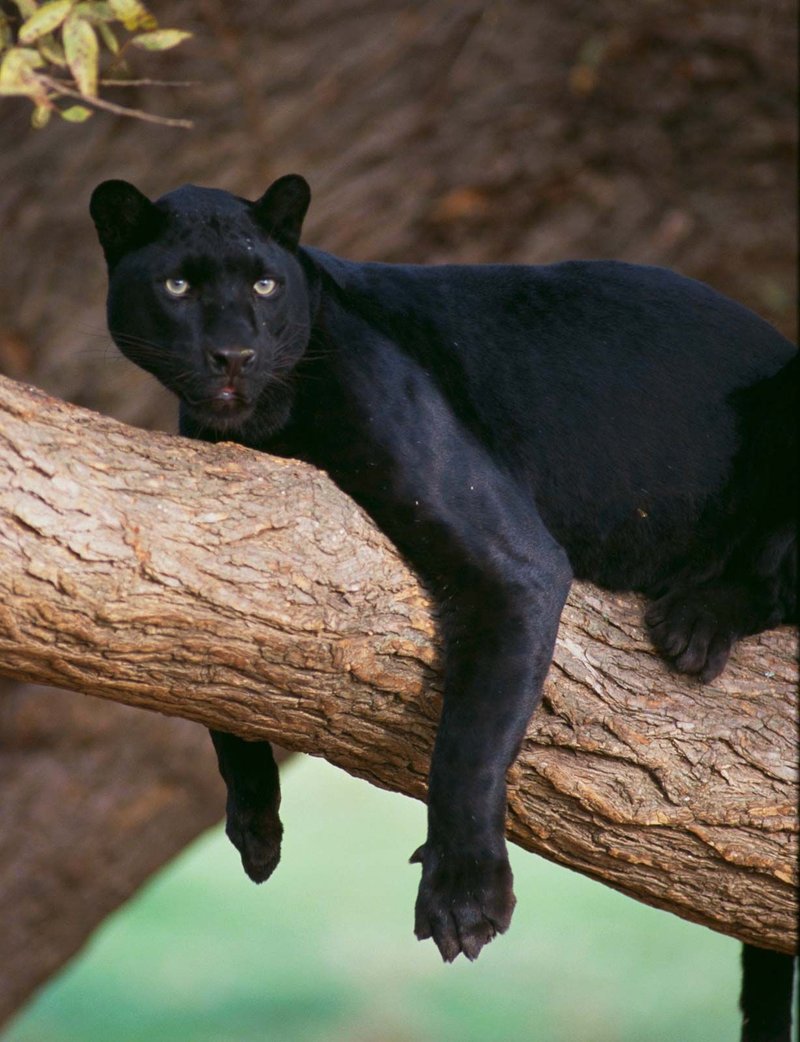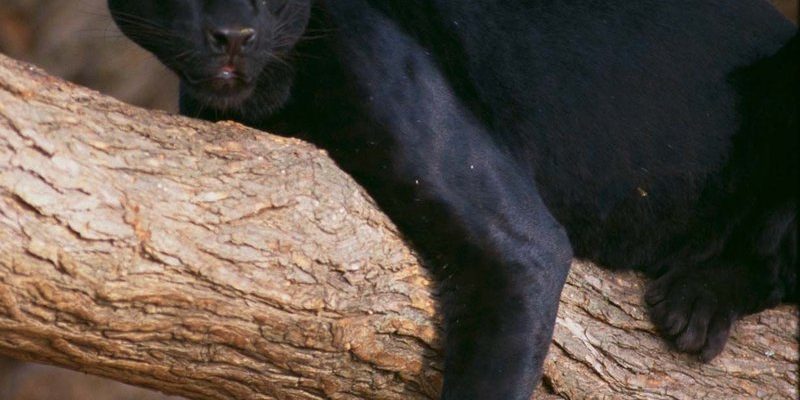
Imagine a healthy forest. It’s a bustling community where every animal and plant has its part to play. Just like a conductor guiding an orchestra, the panther helps regulate the populations of various species, ensuring that everything functions smoothly. Without this apex predator, the ecosystem can fall out of balance, leading to overpopulation of herbivores and subsequent damage to vegetation. Let’s dive deeper into this fascinating topic and explore why the panther is such an essential player in its habitat.
Understanding the Panther’s Role as an Apex Predator
Panthers are often referred to as apex predators, which means they sit at the top of the food chain. This position allows them to control the populations of other animals, particularly large herbivores like deer and wild boar. When these herbivores are abundant, they can overgraze plants, leading to habitat degradation. Panthers keep these populations in check, helping to maintain healthy plant life in the ecosystem.
Here’s the thing: having an apex predator like the panther affects the whole food web. By preying on herbivores, panthers prevent them from consuming too much vegetation. This balance allows various plant species to thrive, which in turn supports numerous other organisms, from insects to birds. So, when you consider the panther’s role, think of it as a guardian of the forest, helping to preserve the intricate tapestry of life.
Impact on the Herbivore Population
So why should we care about herbivores? These animals play a crucial role in the ecosystem, but too many of them can cause serious problems. In areas where panthers are absent, you often see an overpopulation of herbivores. Wild oats, grasses, and various plants can be overconsumed, leading to soil erosion and diminished habitat for other species.
For example, take the case of a coastal forest in Florida. When panthers were nearly extinct, deer populations exploded. These deer devoured young saplings, which meant fewer trees could grow and provide shelter and food for other wildlife. This domino effect highlights just how significant the panther’s role is. The presence of these big cats creates a healthier environment for countless other species.
Influence on Biodiversity
The presence of panthers contributes directly to biodiversity. A diverse ecosystem is typically more resilient to changes and stressors—like diseases or climate variations. Panthers encourage this diversity by keeping other animal populations in check. More variety among plants and animals means a healthier ecosystem overall.
When you think about biodiversity, consider a coral reef. If one species dominates, it can lead to a lack of variety and ultimately a weak ecosystem. Similarly, in the forest, panthers promote a variety of species by preventing any single herbivore from taking over. More species mean more robust ecosystems, which can better withstand environmental changes.
Panthers and Their Prey: The Predator-Prey Relationship
The relationship between panthers and their prey is a classic example of nature’s balance. When the panther hunts, it targets the weakest or sickest individuals in a herd. This not only keeps the prey population healthy by allowing stronger genes to prevail, but it also ensures that the prey is not overpopulated.
Think of it like a quality control system. By eliminating weak individuals, the panther helps to strengthen the overall animal population. This selective predation can lead to healthier and more agile herbivores, which can have long-term benefits for the ecosystem. It’s a prime example of how life continually adapts and evolves in response to the challenges within its environment.
Panther Conservation and Ecosystem Health
Conservation efforts for panthers are crucial not just for their survival but for the health of their ecosystems. When panthers are threatened due to habitat loss, poaching, and other human activities, the entire system can suffer. Fewer panthers mean more herbivores, which can lead to overgrazing and less vegetation overall.
Let me explain further: when conservationists work to protect panther habitats, they’re really working to maintain the balance of the entire ecosystem. Programs that focus on habitat preservation, anti-poaching efforts, and public education are essential for ensuring that these magnificent creatures can thrive.
The Role of Humans in Panther Ecosystems
Humans play an essential role in the survival of panthers. Our activities can either support or hinder their populations. Urban development, agriculture, and climate change all pose threats to panther habitats.
However, there’s hope! Many organizations are dedicated to protecting these animals and their environments. By supporting conservation initiatives and making mindful choices about land use, we can help ensure that panthers continue to play their vital role in the ecosystem. Plus, educating ourselves and others about the importance of apex predators can foster a culture of respect and protection.
In summary, the panther is much more than a stunning creature roaming the wild—it’s a keystone species that holds the ecosystem together. By controlling herbivore populations, influencing biodiversity, and fostering healthy predator-prey dynamics, panthers ensure that their habitats remain balanced and thriving. Protecting them is not just about saving a beautiful animal; it’s about preserving the intricate web of life that depends on it.
So next time you think about the panther, remember its multilayered impact and consider how your actions can help protect not only this incredible animal but the entire ecosystem it represents. After all, we’re all interconnected, and every choice counts.

